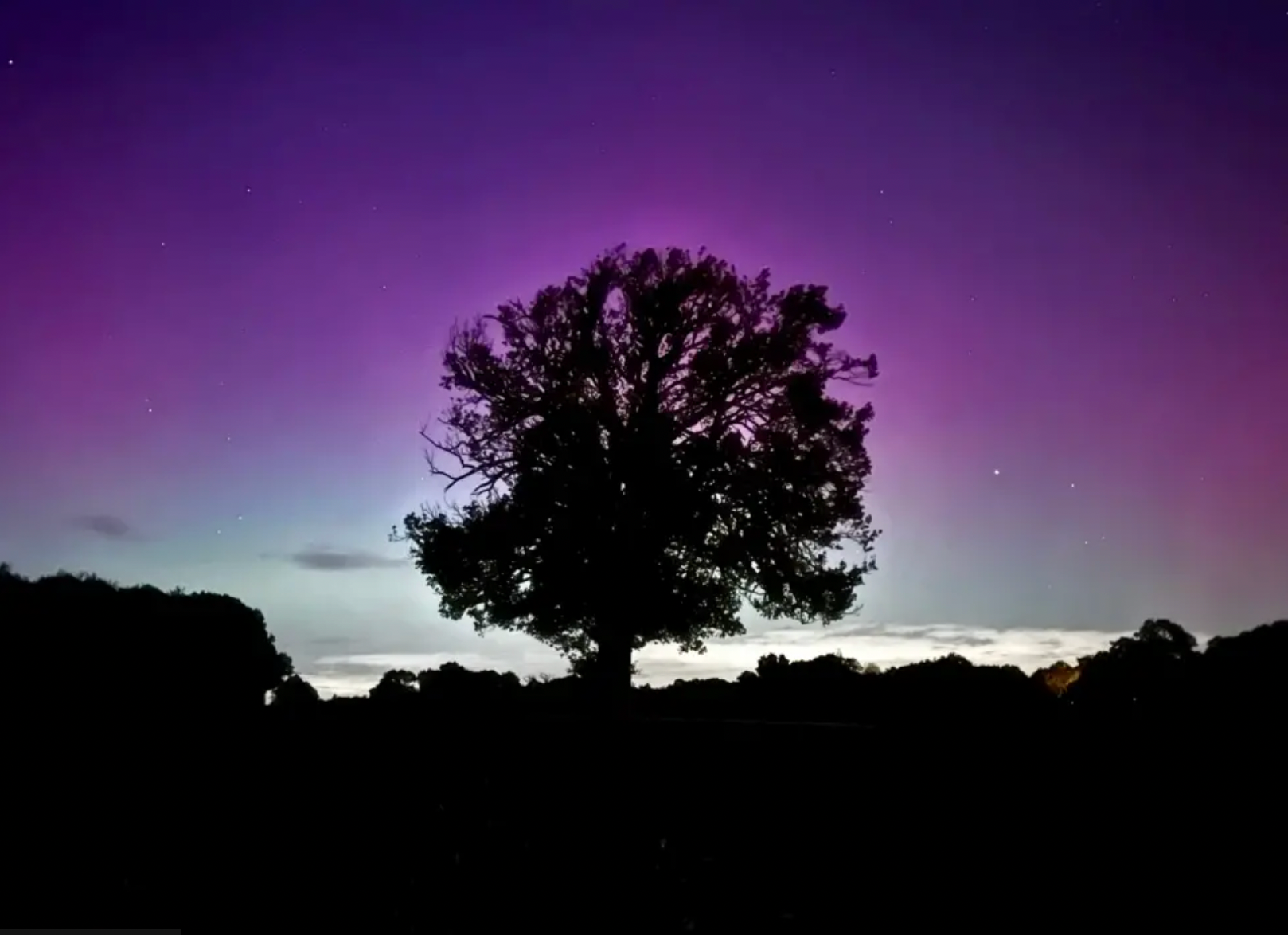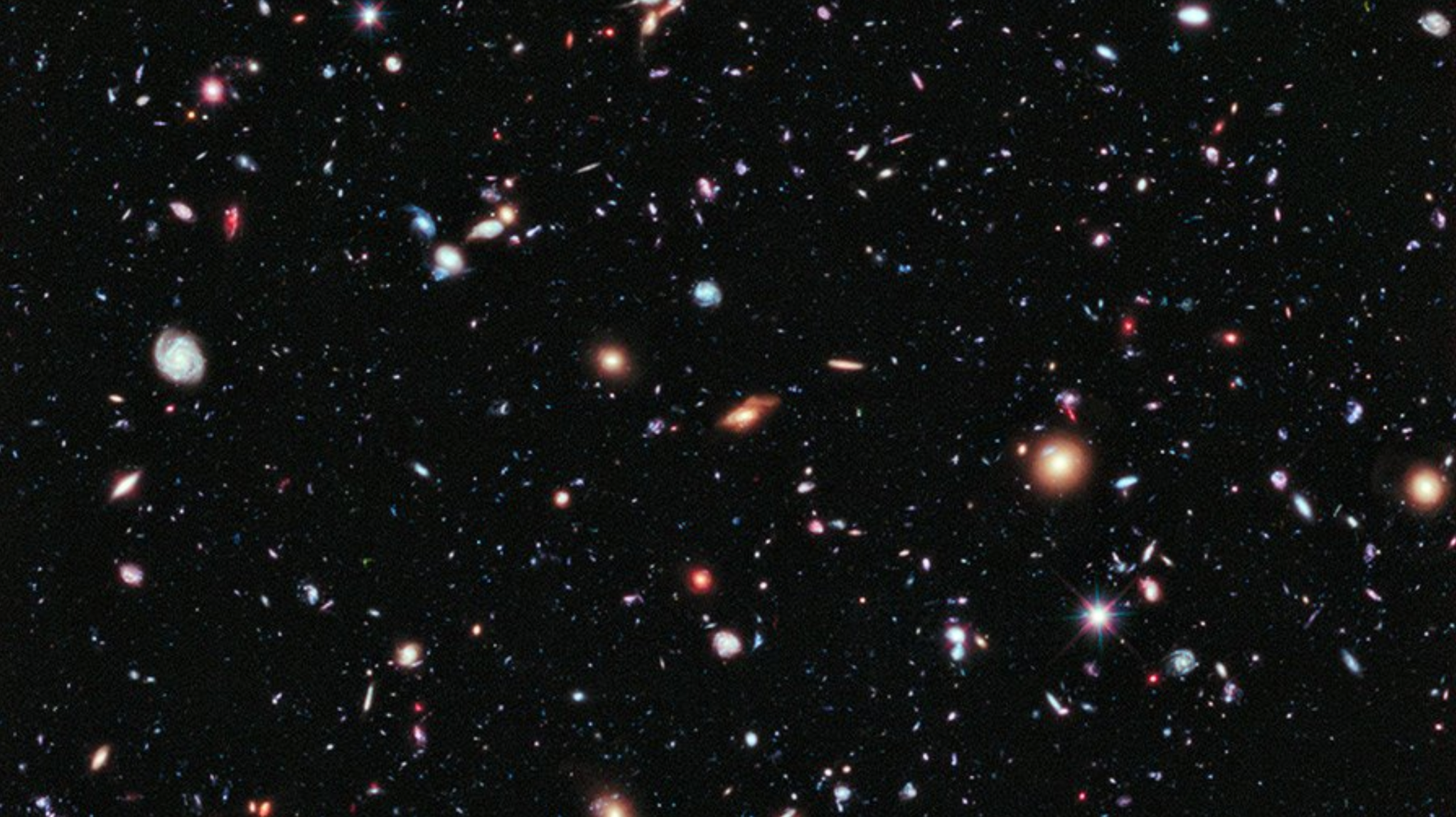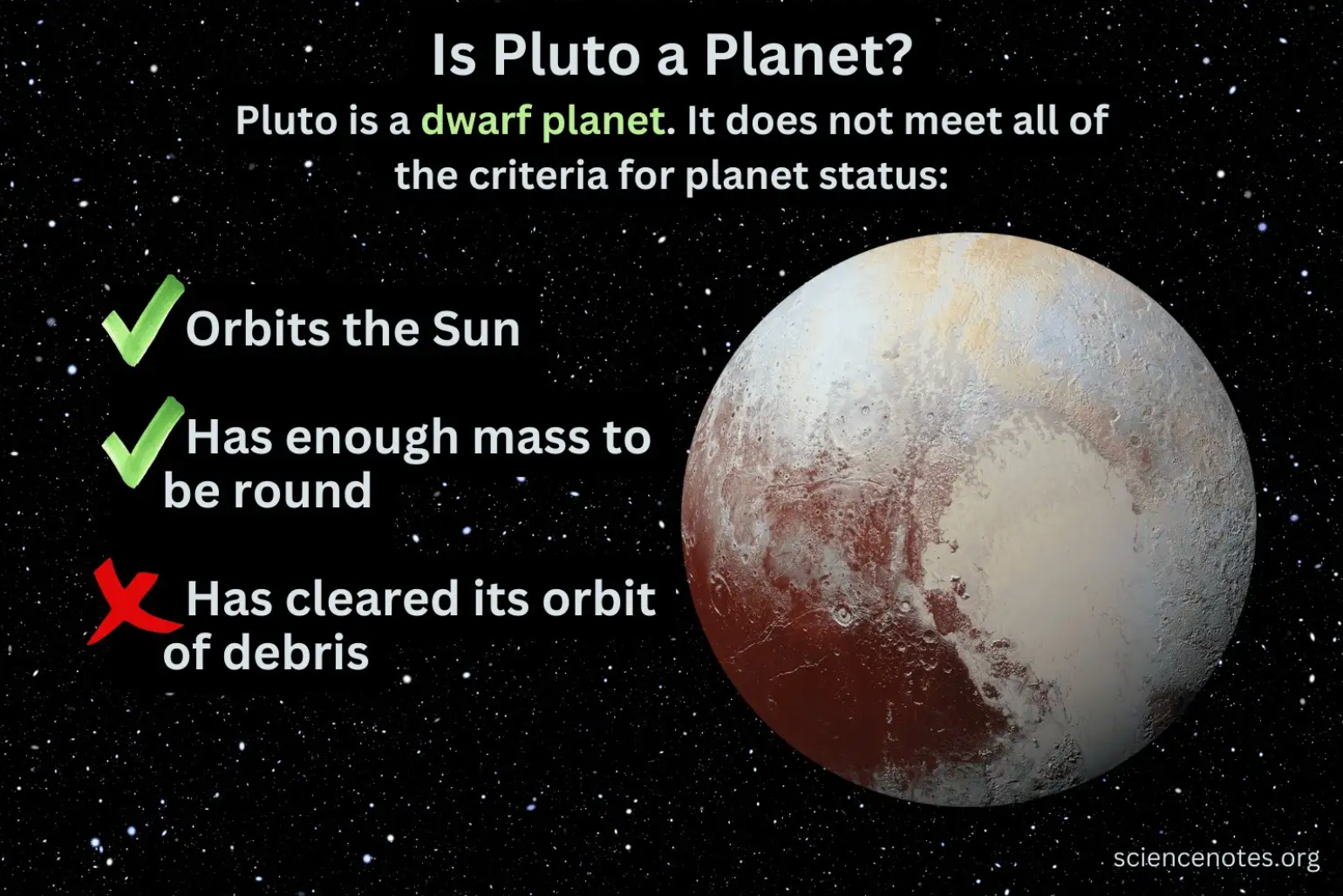
Northern Lights to the Vast Universe: Milky Way Galaxy and Beyond
Written by: Ahmad El Khalaf
- Senior News Producer & War Journalist
The Northern Lights, rays of dazzling colours was witnessed filling parts of Britain’s sky. This cosmic display connects us to the Sun’s immense power within our Milky Way Galaxy.

The Northern Lights, or aurora borealis, are vibrant displays caused by charged solar particles colliding with Earth's atmosphere. Dr Neil deGrasse Tyson, a renowned astrophysicist, once described the Northern Lights as “a cosmic ballet, choreographed by the Sun” illustrating how solar particles interact with Earth’s atmosphere to create these spectacular, colourful displays in the night sky.

It is noted that these particles, carried by the solar wind, interact with oxygen and nitrogen near the poles, creating colourful lights that range from green to red and purple. This cosmic display connects us to the Sun’s immense power, within our vast Milky Way Galaxy.
In the Holy Quran, Allah says: “Each [Star/Planet], in an orbit, is swimming along.” (36:40). This verse reflects divine order exemplifying that every planet, star, and galaxy - move purposefully in harmony, following paths set by the Creator Himself, demonstrating His complete Wisdom and Control.

Our galaxy, however, is just a small fragment amongst the trillions of galaxies within the cosmos. Astrophysicist Sandra Faber highlights that “Galaxies are like snowflakes—each one is unique, with its own shape, size, and history”. With each galaxy holding its own systems of stars, many of them larger and more luminous than our Sun, and likely has planets orbiting within those stars’ gravitational bounds, one can only barely imagine the size of this gigantic universe.
Astrophysicist Christopher Conselice, who led a study estimating the number of galaxies, stated: “There are at least 2 trillion galaxies in the observable universe”. His research reshaped our understanding of the cosmos, revealing that the universe is far larger and more populated with galaxies than previously thought.

The human knowledge of science is never intact, as mistakes, trials and progress are needed to reach a ‘correct’ outcome. For example, Pluto was once considered our solar system’s ninth planet, but was reclassified as a dwarf planet in 2006 due to definitions advancing. Such progress shows how advance in knowledge and technology expand our view of existence and the cosmos.

As we gaze at the Northern Lights and its peculiar night sky, we’re reminded of our place in a beautifully ordered universe, one that is filled with hundreds of billions of galaxies. Each discovery inspires curiosity, and we eagerly await further scientific progress to uncover more of the cosmos’ mysteries.

Post a comment